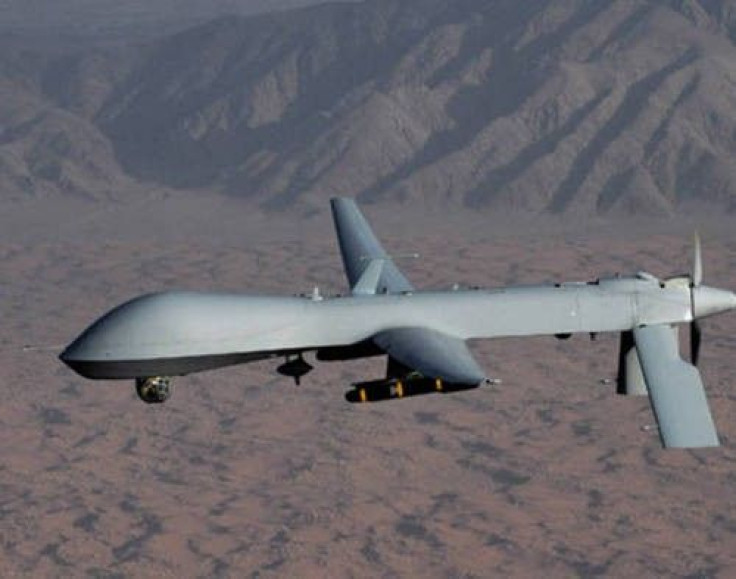Where We Know There Are US Drones

The New York Times revealed on Wednesday that the U.S. has been operating a drone base in Saudi Arabia and that the base was crucial in the 2011 assassination of al Qaeda cleric, and U.S. citizen, Anwar al-Awlaki.
John Brennan, President Barack Obama’s nominee for head of the CIA, and former CIA station chief in Saudi Arabia, will likely have to answer for that during his confirmation hearings in the Senate, scheduled to begin Thursday.
Drones remain one of the most controversial aspects of America’s wars and foreign policy. It is unknown how many bases the U.S. has worldwide out of which it operates drones; that list, if it exists, is classified. Publicly available estimates may or may not be reliable.
The U.S. used to operate drones in Pakistan at the Shamsi air base in the south. In November 2011, Pakistan ordered the CIA out of the base, after 25 Pakistani soldiers were killed by U.S. drones near the border with Afghanistan. The CIA cleared out of Shamsi but still kept bases in neighboring Afghanistan at Khost, Herat, the Bagram base near Kabul, the Shindad base in Helmand province and the Camp Leatherneck base in Nimroz, according to the Bureau for Investigative Journalism.
In February 2012, the blog Public Intelligence published the locations and satellite of all six of the U.S. bases, some of which they said were still operational, in Pakistan.
In May 2012, the Washington Post revealed that the CIA was looking to expand drone strikes in Yemen and had recently begun using an airstrip in an “unidentified Gulf State,” possibly the Saudi base revealed in Wednesday’s New York Times piece. Days later, Foreign Policy published the most comprehensive list yet, aggregating from new sources and satellite photos, of where the U.S. keeps 12 drone bases. They were everywhere from Turkey to Djibouti to the Seychelles, but the majority were in Afghanistan. Other locations included Qatar, the Philippines, the United Arab Emirates, Yemen and Ethiopia.
Late in January 2013, following the French intervention in Mali, the Trench blog speculated that the U.S. will soon begin looking to install a few new bases in North Africa, possibly in Niger and Burkina Faso, in order to better keep an eye on local al Qaeda spin-off groups.
Responding to a question about the possibility of using drones in North Africa as a counterterrorism strategy, Admiral Dennis C. Blair, former director of U.S. National Intelligence, told reporters on a conference call that while he believed in the effectiveness of drones as deterrents for terrorists, he did not believe that they were “wonder weapons” and that setting up drone bases was a complicated, politics-laden operation.
“This is something we deal with all the time,” Blair said. “Countries will give basing or overflight rights based on conditions of which forces will be used.” This means if a country doesn’t like the idea of using drones, they will not allow the U.S. to launch drones from their country or fly drones through their airspace. Blair gave the example of the 1986 U.S. bombing of Libya, in retaliation for a terrorist attack on U.S. service members in Germany for which Washington held Libya responsible.
“When we were conducting strikes against Libya,” Blair said, “The Air Force had to fly around France from England,” because France would not allow U.S. bombers in its airspace.
Micah Zenko, a fellow at the Council on Foreign Relations, added that armed drones used for attacks are not flown off aircraft carriers. This means wherever the U.S. wants to attack, it has to have basing rights in the country, or a neighboring country. “Right now, there is no country in Europe supporting U.S. drone strikes,” Zenko said, meaning that any missions in North Africa would have to take off from bases in the region. “It’s not clear what countries will allow themselves to be used as aircraft carriers.”
© Copyright IBTimes 2024. All rights reserved.












